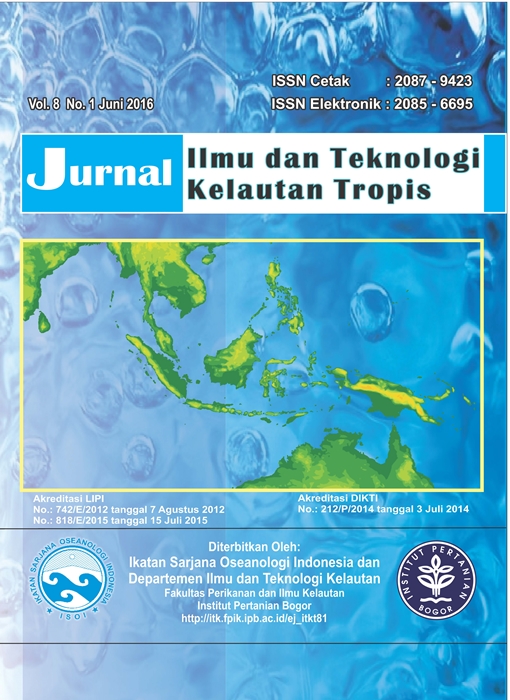EVALUATION OF MICROBIAL FLOC AND MICROALGAE Spirulina platensis COMBINATION FOR JUVENILE COBIA Rachycentron canadum DIETS ON GROWTH AND PHYSIOLOGICAL RESPONSES AFTER IMMERSION IN FRESHWATER
Abstract
In marine aquaculture, immersing marine fish species in fresh water can remove ectoparasite that adhere to all over the fish body. This study aimed to evaluate the impacts of combining microbial floc and microalgae Spirulina platensis in juvenile cobia diet on growth performance and stress responses after immersion in aerated fresh water for 15 minutes. The fishes were reared in concrete tanks for 40 days before collecting data on their growth performance. The stress response was determined by mea-suring both glucose and cortisol levels before (0 h) and after (1, 2, 4, 6, 24 hours) immersion. The fish-es fed on the 15% of combining microbial flock and microalgae Spirulina platensis diet showed the highest growth rate with the lowest feed conversion ratio compared to other treatments. The cortisol level of juvenile cobia in both the 15% and 30% combination of microbial floc and microalgae Spiru-lina platensis treatments did not increase during the first hour following the immersion compared to the control treatment. The glucose level also increased after one hour immersion in freshwater of all treatments. This indicated that feeding juvenile cobia on microbial flocs and microalgae diets had a retarding effect on the physiological responses (cortisol and glucose) after immersion in fresh water.
Keywords: microbial, microalga, Spirulina, glucose, cortisol, stress, cobia
Authors
This work is licensed under a Creative Commons Attribution 4.0 International License.
Jurnal Ilmu dan Teknologi Kelautan Tropis i is an open-access journal, meaning that all content is freely available without charge to the user or their institution. Users are allowed to read, download, copy, distribute, print, search, or link to the full texts of the articles in this journal without needing to request prior permission from the publisher or the author.
All articles published by Jurnal Ilmu dan Teknologi Kelautan Tropis are licensed under the Creative Commons Attribution 4.0 International License. This allows for unrestricted use, distribution, and reproduction in any medium, provided proper credit is given to the original authors.
Authors submitting manuscripts should understand and agree that the copyright of published manuscripts is retained by the authors. Copyright encompasses the exclusive rights of authors to reproduce, distribute, and sell any part of the journal articles in all forms and media. Reproduction of any part of this journal, its storage in databases, and its transmission by any form or media is allowed without written permission from Jurnal Ilmu dan Teknologi Kelautan Tropis.


